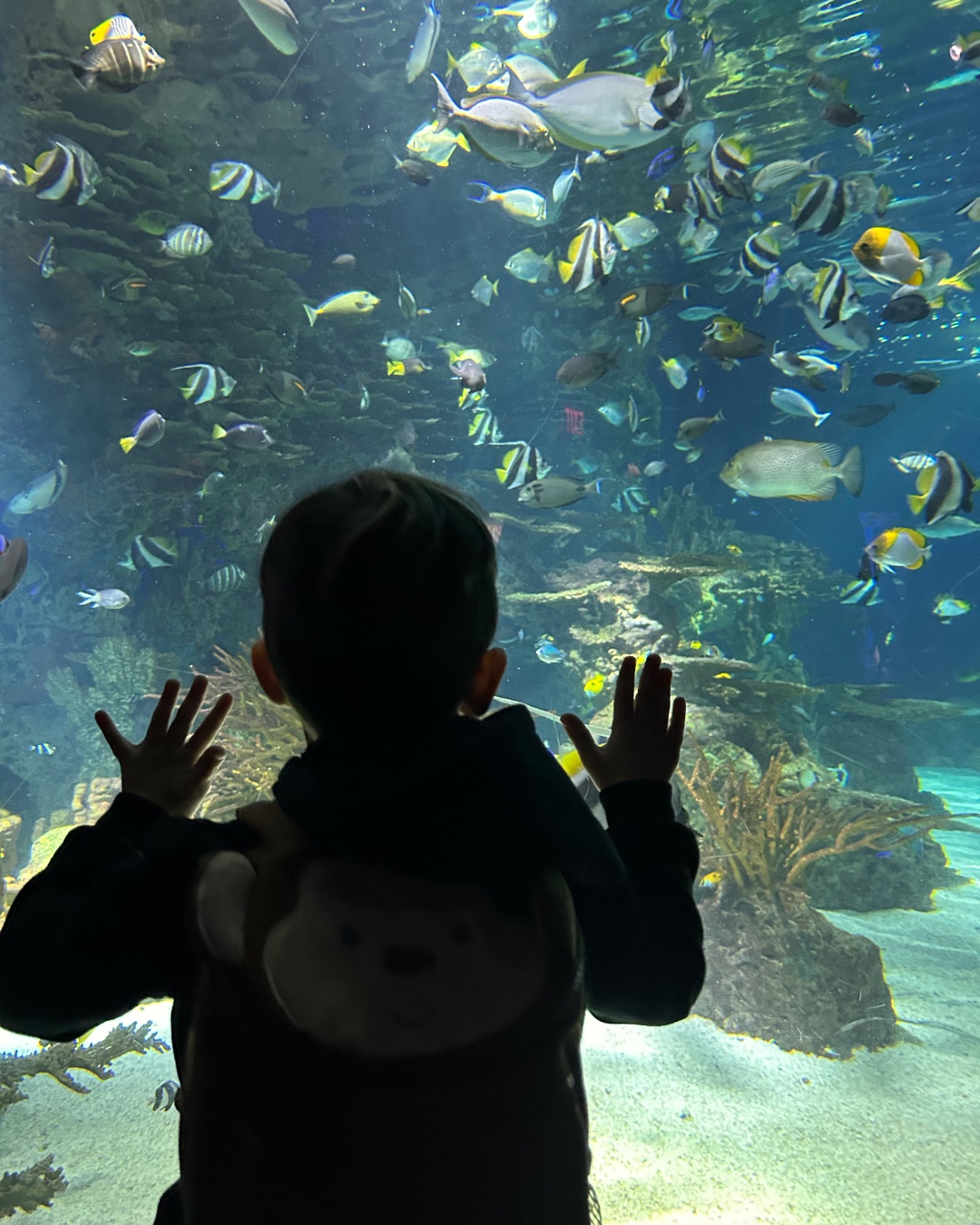- The significance of social media in wildlife conservation and zoo management.
- The role of public engagement in animal welfare and education at zoos.
- Techniques for capturing and sharing animal photography to promote conservation.
- The impact of modern technology and communication strategies on wildlife awareness.
- Building community and fostering connections through creative conservation campaigns.
Social media has become a transformative tool in wildlife conservation and zoo management. Platforms like Instagram, Facebook, and Twitter create unprecedented opportunities for wildlife organizations to reach global audiences. "We FISH you were here" exemplifies this integration, inviting zoo visitors to share their experiences online. Tagging "jaw-some" photos allows zoos to extend their mission beyond physical boundaries.
Zoos serve as more than just places for observing animals. They are educational centers, offering insights into animal behavior, habitats, and conservation needs. Public engagement is crucial. By participating in initiatives like "SHELL-fie Sunday," visitors not only enhance their own understanding but also help spread awareness about conservation issues. This collaborative approach brings together diverse audiences, fostering a commitment to animal welfare.
Photography plays a key role in this process. Captured images of animals can convey powerful messages. They inspire connections with wildlife that words alone may not achieve. Capturing the right moment requires skill and patience. Photographers must understand animal behavior to document authentic interactions. These images, shared online, become valuable educational tools, raising awareness and driving change.
The integration of technology is not limited to social media. Modern devices and applications allow zoos to monitor animal health and behavior with greater precision. Animal welfare is enhanced through real-time data collection, enabling targeted interventions. Communication strategies, like "We FISH you were here," leverage these technologies to reach wider audiences, effectively promoting conservation goals.
Community building is another benefit of these innovative campaigns. Creative projects unite individuals around shared values. By featuring user-generated content, zoos acknowledge and celebrate their audience’s dedication. This recognition builds loyalty and inspires continued engagement. Moreover, it provides a platform for dialogue, encouraging diverse perspectives and innovative ideas.
In conclusion, "We FISH you were here" serves as a powerful example of how social media, technology, and community engagement can intersect to promote wildlife conservation and education. By embracing these tools and fostering connections, zoos and conservationists can enhance their impact, ensuring a sustainable future for our planet’s diverse species.
*****
Source Description
We FISH you were here. 💙
Captured a jaw-some moment? Tag us in your photos for a chance to be featured next SHELL-fie Sunday!
📸: @Nat_the_gnat_22


